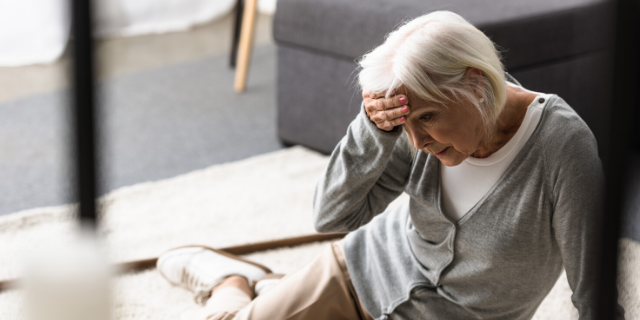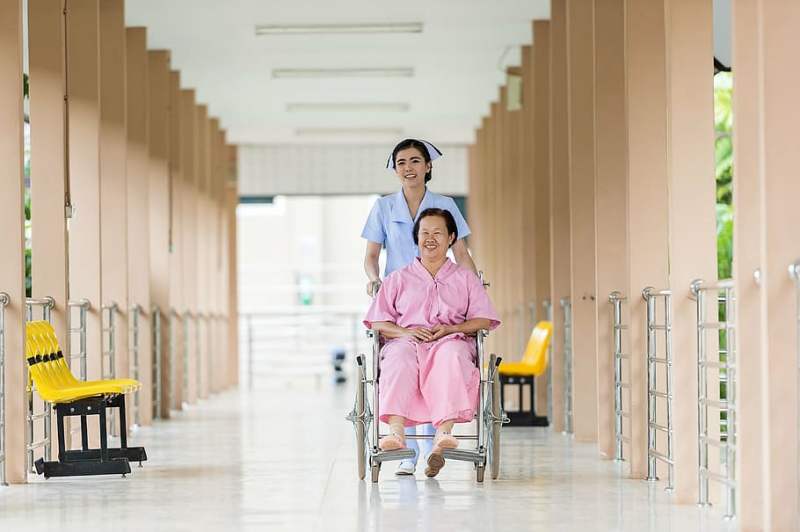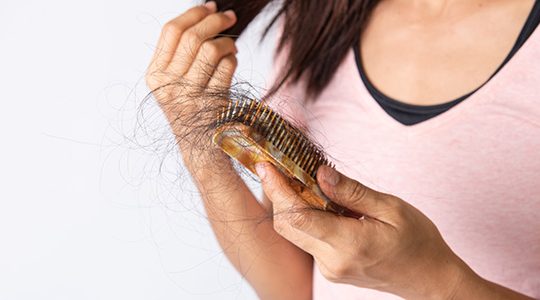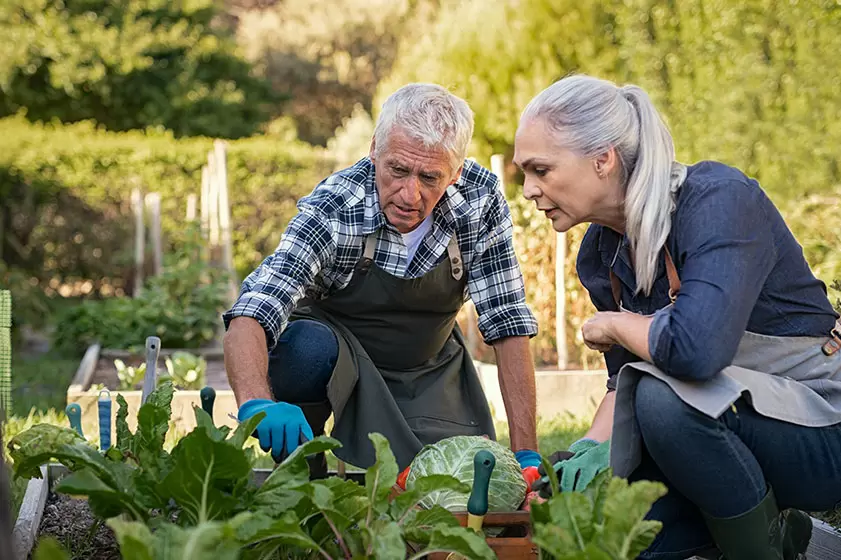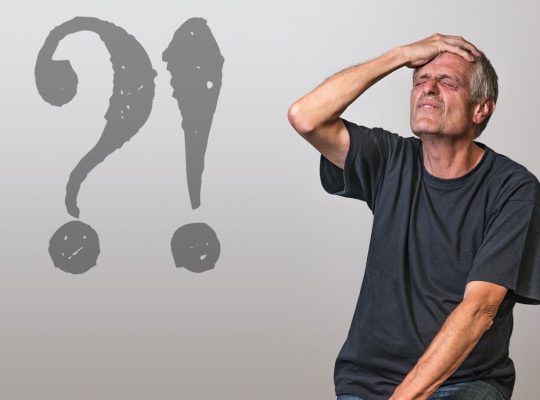Every four minutes, a person 65 years of age or older visits the emergency room after a fall. This is especially true for older adults who need nursing care. However, many falls can be prevented with a few simple tips.
What Is Fall Prevention?
Fall” means “to fall suddenly and unintentionally to the ground, for example, stumbling or slipping in the shower. ”Fall prevention” is everything we do to prevent that from happening. Various tools and exercises can help reduce the likelihood of bad falls.
Why Is Fall Prevention Important?
Falls can have disastrous consequences. Physical injuries such as scrapes, bruises, and broken bones can result. The psychological damage, also known as “fear of falling,” can be just as troubling as well. For instance, fear of falling can diminish your sense of (independence). Therefore, it is vital to prevent falls as much as possible, especially if you are a bit older.
1) Check Your Physical Condition Regularly
How is your current physical condition? It is helpful to have regular inspections. For example, older people often feel dizzy and fall. Dizziness is usually caused by medications or high blood pressure. What about balance? Poor vision is another important cause of falls.
Blood pressure and vision should be measured regularly, even if there are no complaints. Some medications can cause problems with concentration and balance. Are you concerned? Then consult your doctor.
2) Healthy Eating
A healthy diet strengthens muscles and bones. This reduces the likelihood of falls. And if you do fall, a healthy, varied diet will help you recover faster.
Vitamin D strengthens bones. It is found in meat, eggs, and fatty fish. Vitamin D supplements can be purchased at most pharmacies. Sunlight is also an important source.
3) Keep Your Home Safe
Most falls occur in and around the home. Therefore, check every room in the house for potential hazards. Avoid tripping on loose ropes and smooth slip-on carpets. Many shops offer a variety of tools to make your home safer. Standing chairs, for example, allow you to stand up slowly, and non-slip aids such as a shower mat will keep you from slipping. Make sure to consider the height of chairs and toilets. A fall prevention checklist can help you identify any hazards in your living environment.
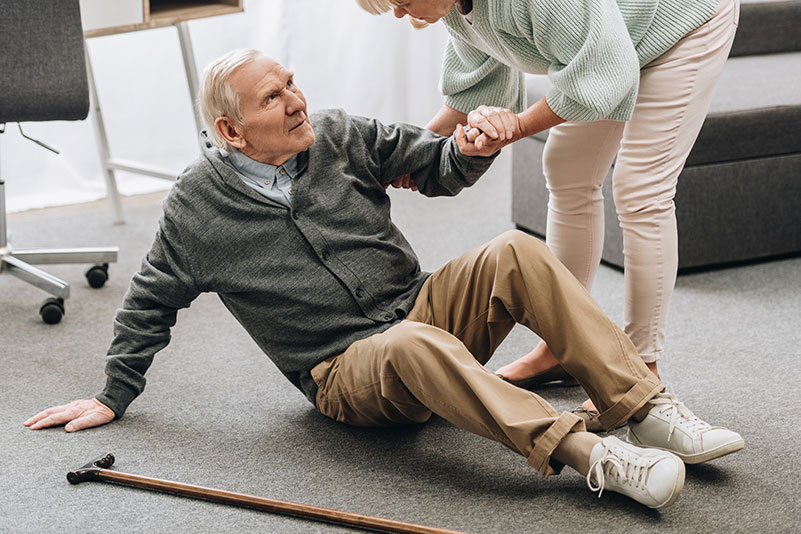
4) Get Enough Exercise
This may sound contradictory, but it is essential to be physically active enough to prevent falls. For example, taking a short walk every day can help strengthen your muscles and joints. Can no longer walk easily? Various aids are available, such as canes, walkers, and rollers. You can also do a variety of exercises to help strengthen your body. This can be done with the help of a physical therapist.
Want stronger legs? Prepare a sturdy chair and stand behind it. Keep your feet about shoulder-width apart. Hold onto the chair and lower your back gently (as if you were sitting down). Ensure that your knees do not extend beyond your toes and that your back is straight. Do you feel pressure on your thighs? Then, slowly stand up.
5) Wear Sturdy Shoes
If you stand firm in your shoes, you will fall much slower. So, make sure you have sturdy shoes. Make sure they fit your feet with a shoehorn, do not wear high heels, and choose rubber soles. Rubber provides a good grip on slippery surfaces.
6) Have Your Medications Checked
Some medications (or combinations of medicines) may cause dizziness or drowsiness. Medications may also weaken muscles and make them less responsive. This increases the risk of falling. Please have your prescription checked.
There are several specialty stores where you can buy sturdy shoes and measure them for size. Visit one of them for advice.

